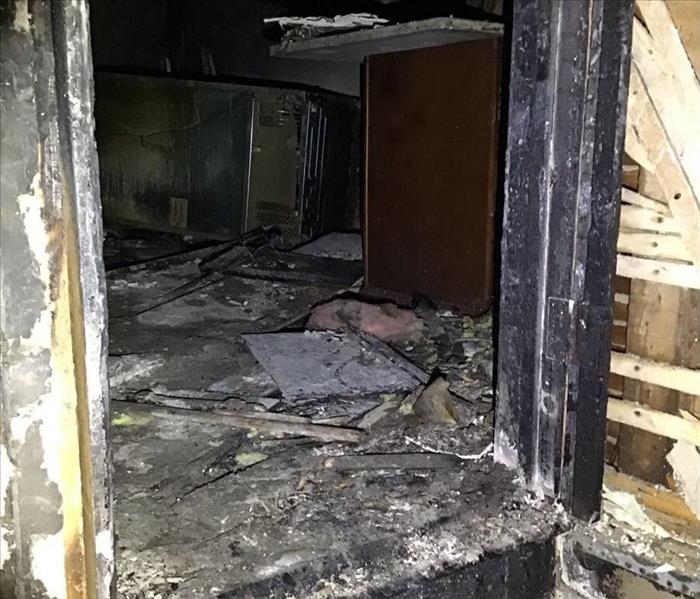Fire Damage Hazards: What You Need to Know About Smoke and Soot Health Risks
1/15/2020 (Permalink)
If your home or commercial building has been the victim fire damage, some of the most significant health risks you need to consider come from smoke and soot. While it’s obvious that smoke and soot stains need to be cleaned up after a fire, too few people stop to consider the potential health risks.
As leading experts in fire damage restoration in this community, our team at SERVPRO of Hackensack/Little Ferry wants to make sure everyone knows the hazards – and precautionary measures – just in case your home or business is ever damaged by fire.
Here’s what you need to know about the health risks of smoke and soot:
Why Smoke and Soot Are Dangerous
Our homes and commercial building are made up of a variety of materials. While these materials are generally safe under normal conditions, a fire can cause their chemical components to change, many times releasing potentially harmful chemical compounds into the air.
In the form of smoke and soot, dangerous chemicals can quickly spread and affect the far reaches of your property. These chemicals are hazardous to inhale during a fire, and can still be hazardous days or even weeks later.
Common Toxins in Smoke and Soot
Three of the most dangerous chemical compounds after a fire are carbon monoxide, hydrogen sulfide, and hydrogen chloride:
- Carbon Monoxide – carbon is a common component of various building materials, and when carbon burns it can release carbon monoxide into the air.
- Hydrogen Sulfide – some types of building materials, for example those containing oil or coal, can release hydrogen sulfide gas into the air when burned. Exposure to this gas can irritate your respiratory system and even lead to pulmonary edema.
- Hydrogen Chloride – PVC materials when burned are known to release hydrogen chloride among other hazardous chemicals. In a gas state, hydrochloric acid can burn the mucous membranes of your lungs. In a liquid state, it can burn skin and cause permanent blindness if it comes in contact with your eyes.
Symptoms of Smoke and Soot Exposure
The most common symptoms of exposure to soot and smoke are:
- irritated eyes, lungs, and noses.
- congestion, shortness of breath, or other respiratory problems.
- headaches nausea, disorientation, and balance problems.
- skin rashes or burns if you come in direct contact with certain sooty materials.
How to Prevent Smoke and Soot Health Risks
The best way you can limit the health risks associated with soot and smoke is to make sure your fire damaged property is properly and thoroughly cleaned.
The proper clean-up process after fire damage includes sanitizing the area as well as cleaning the ducts of your heating and cooling systems.
If you’re interested to learn more about professional cleanup and restoration after a fire, SERVPRO of Hackensack/Little Ferry will be happy to answer any questions you have.





 24/7 Emergency Service
24/7 Emergency Service
